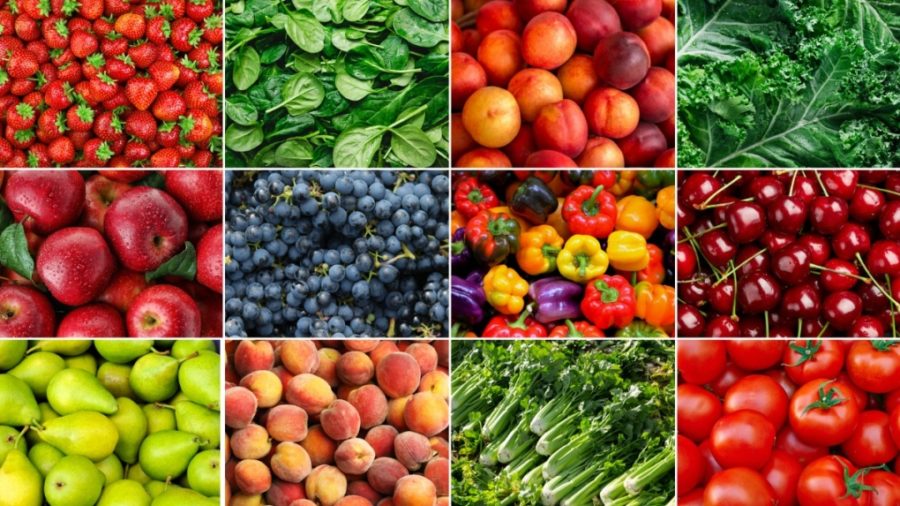This year’s data includes results from nearly 45,000 samples of produce from 2020.
So, which produce has the least and most pesticides?
The following written content via USA

Thursday, nonprofit advocacy organization Environmental Working Group released its annual “Dirty Dozen” and “Clean Fifteen” lists using data from the Department of Agriculture and Food and Drug Administration.
The Washington, D.C., group found that more than 90% of strawberry, apple, cherry, spinach, nectarine and grape samples tested positive for residues of two or more pesticides. Kale, collard and mustard greens, hot peppers and bell peppers had the most pesticides. A single sample of kale, collard and mustard greens had up to 21 different pesticides.
Strawberries and leafy greens have been repeat offenders at the top of the list, ranking high in the past two years. Bell and hot peppers tested higher for pesticide residue this year, moving up from No. 10 last year to No. 7 this year.
The produce with the least amount of pesticides? Avocados, sweet corn and pineapple topped the group’s “Clean Fifteen.”
Take a look at this year’s lists below.
‘Dirty Dozen’ for 2022
- Strawberries
- Spinach
- Kale, collard and mustard greens
- Nectarines
- Apples
- Grapes
- Bell and hot peppers
- Cherries
- Peaches
- Pears
- Celery
- Tomatoes
‘Clean Fifteen’ for 2022
- Avocados
- Sweet corn
- Pineapple
- Onions
- Papaya
- Sweet peas (frozen)
- Asparagus
- Honeydew melon
- Kiwi
- Cabbage
- Mushrooms
- Cantaloupe
- Mangoes
- Watermelon
- Sweet Potatoes
This year’s data includes results from nearly 45,000 samples of produce from 2020.
Pesticides have been linked to multiple health issues, including brain development. Their impacts on fertility issues have the strongest data, said Alexis Temkin, an Environmental Working Group toxicologist.
“There’s still, I think, a lot of unknown impacts,” Temkin said. “If you’re reducing the exposure in the first place, then the likelihood of adverse health effects occurring is going to be much less.”
Like the customers who rely on store-bought produce, USDA researchers scrubbed and peeled the fruits and veggies before testing them. Experts say the best way to wash produce is by washing it with just cold water. Pesticide residue was still found on over 70% of the non-organic produce tested. Nearly all of the levels fell under the legal limits allowed by government regulations, Environmental Working Group said.

Teresa Thorne, executive director of the Alliance for Food and Farming, a nonprofit that represents organic and conventional farmers, says Environmental Working Group’s lists concern her.
First, she said, peer-reviewed research has shown that it’s scientifically unsupportable, especially the claim that eating organic foods versus conventionally grown foods will result in lower pesticide exposure.
“Residues on conventional-grown are already so minute if they’re present at all,” she said. “The second thing is is that this list has been shown again through peer-reviewed research to negatively impact consumers. When low-income consumers were exposed to this list and some of the messaging in the Dirty Dozen list, they stated they were less likely to purchase any produce, organic or conventional.”
She said Environmental Working Group’s goal to help families access fruits and vegetables with less pesticide exposure was achieved long ago. Read more from USA





